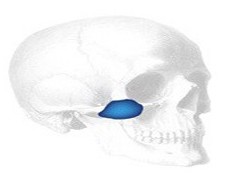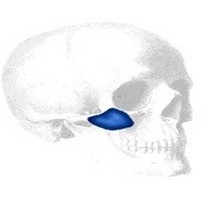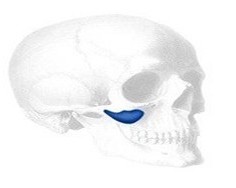The cheek area is a central and critical element of one’s facial appearance. Situated between the pyramidal landmarks of the eye, mouth, and jaw angle, its prominence (or lack thereof) provides projection to the middle of the face. In today’s society, the perception of high or prominent cheekbones is one that is a positive statement about attractiveness and beauty. It is not clear why high cheekbones cast this image, but we all know the emotional response when we see it.
Today’s plastic surgery techniques and modern facial implants now make it possible to provide a wide range of cheek enhancements. Highlighting different areas of the cheek complex is made possible because of the many different styles of cheek implants that are available. Different cheek implant shapes are available that can enhance the front, side, underside, as well as the bone underneath the eye in front of the cheek. Because of these different style options, it is critical that a plastic surgeon look carefully at the anatomy of the cheek to determine which parts of it should be improved.

To get the best effect from these different cheek implant styles, their position on the bone is critical. For this reason, I always secure any style of cheek implants to the bone with screws. This is the only way to be certain of their long-term position after surgery.
Dr. Barry Eppley
Indianapolis, Indiana




